The planet is teeming with diverse life forms, each playing an integral role in the balance of our ecosystems. Yet, many of these species are facing unprecedented dangers, primarily driven by human activities. This article shines a light on 22 of the most endangered animals desperately in need of conservation efforts and global attention. By learning more about these creatures, we can better understand their importance and how to aid in their fight for survival.
Amur Leopard
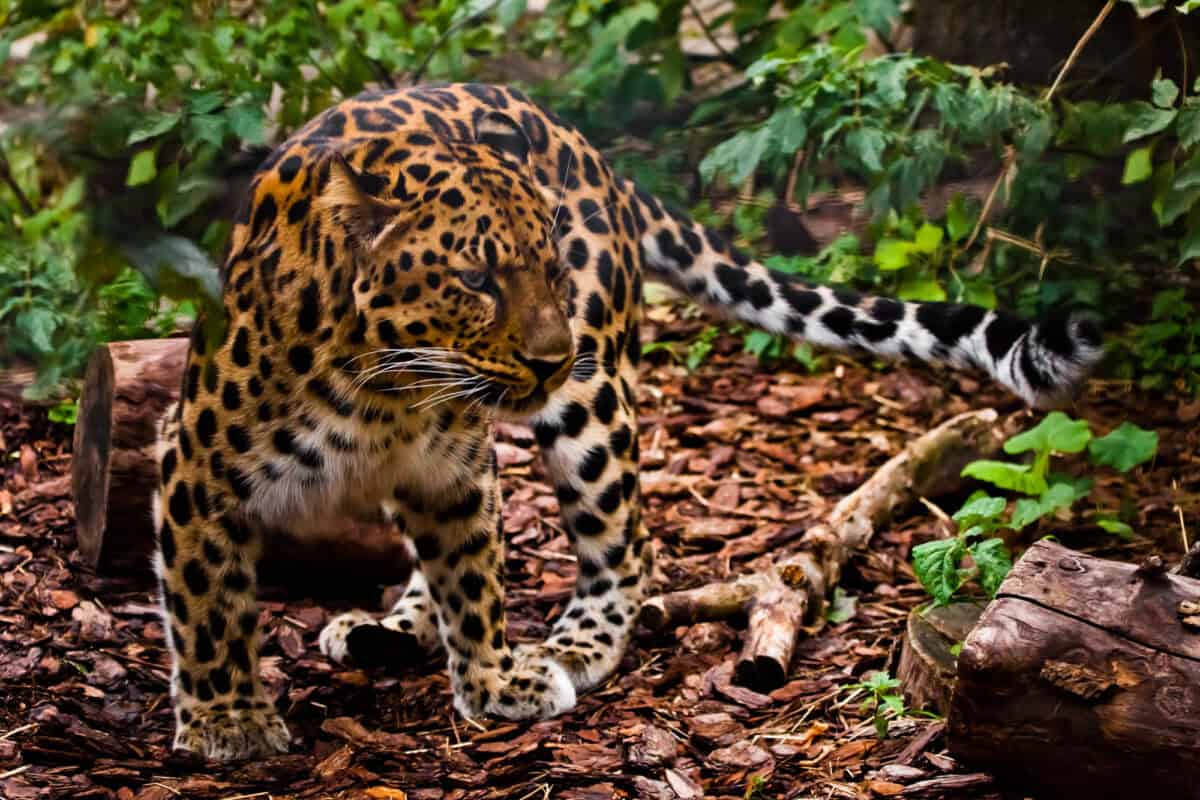
The Amur leopard, native to the forests of Russia and China, is one of the world’s rarest big cats. With fewer than 100 individuals remaining, habitat destruction and poaching are significant threats. Conservationists emphasize the urgent need for habitat protection and anti-poaching measures to ensure their survival.
Sumatran Elephant
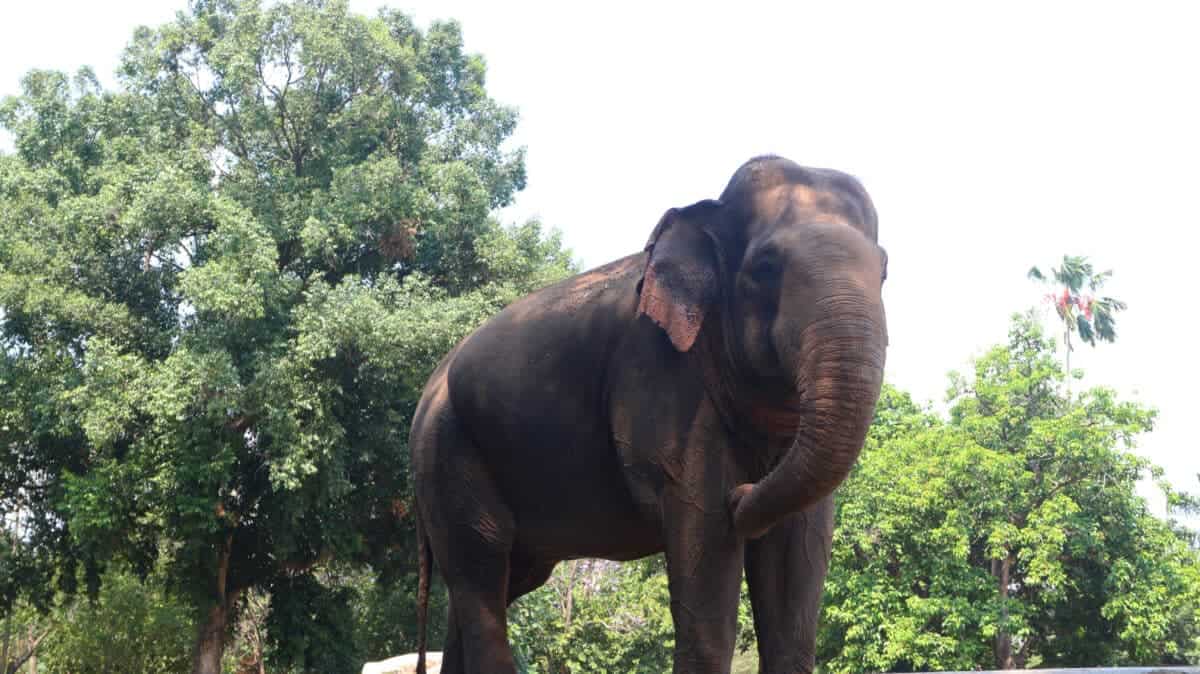
The majestic Sumatran elephant, native to the lush rainforests of Sumatra, is critically endangered, with deforestation for palm oil plantations being a primary threat. Immediate actions like habitat conservation and the promotion of sustainable agriculture can help preserve this essential species.
Vaquita
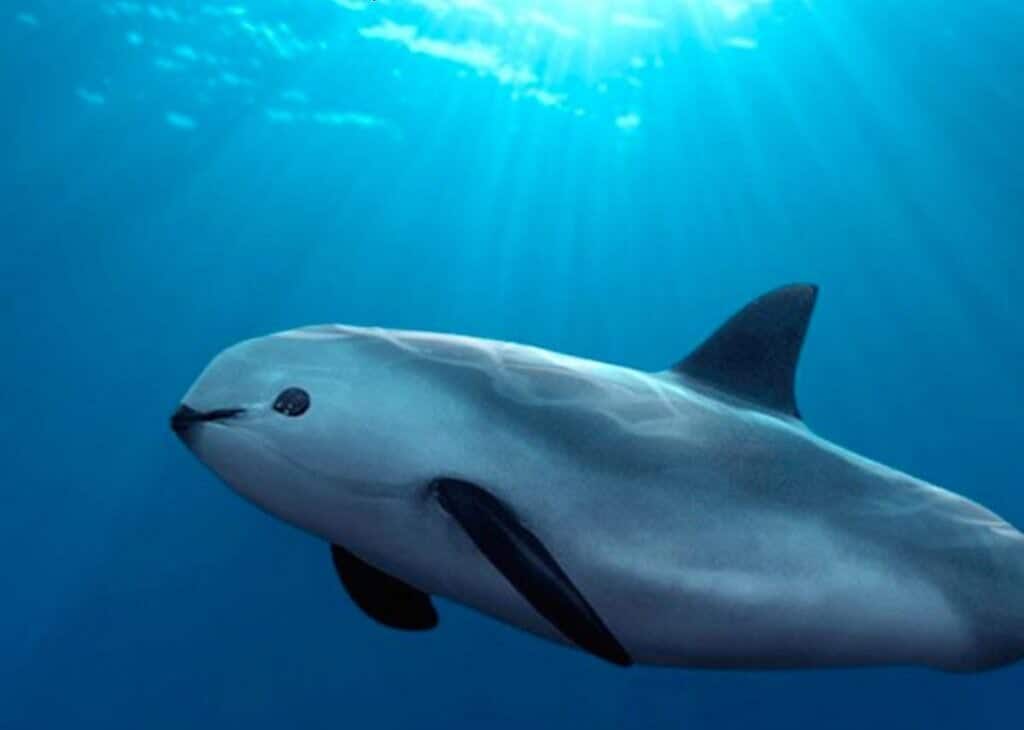
The vaquita, a small porpoise endemic to the Gulf of California, faces imminent extinction, with fewer than 20 individuals left. Illegal fishing practices, particularly using gillnets, pose lethal threats. Strict enforcement of fishing regulations is vital for their survival.
Javan Rhino
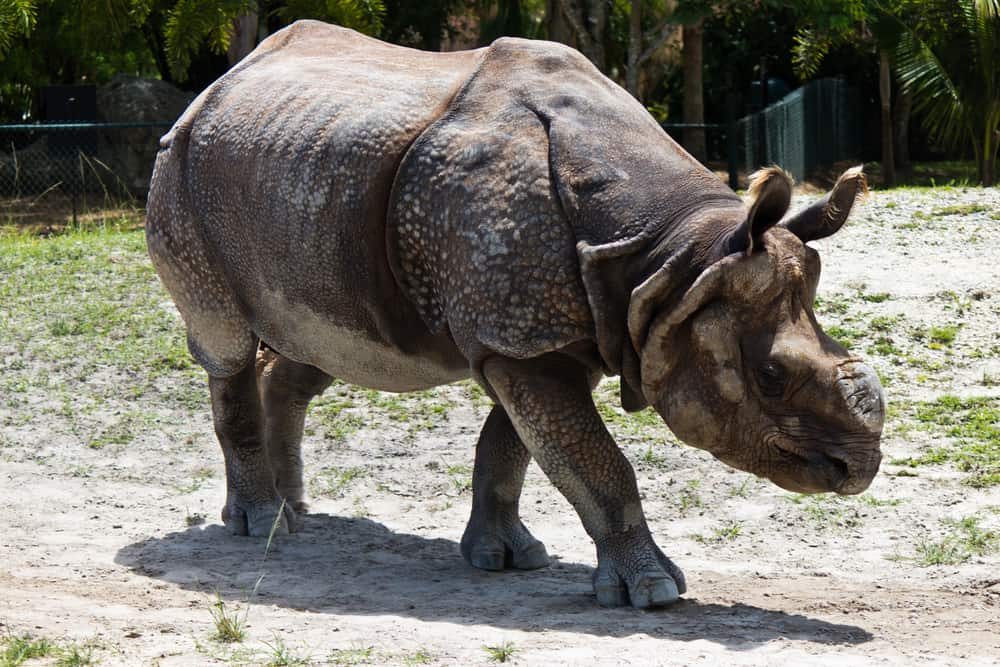
Only found in Indonesia, the Javan rhino is critically endangered, with an estimated population of just 75. Habitat loss and poaching remain prevalent threats, necessitating concerted efforts in habitat protection and anti-poaching enforcement.
Yangtze Finless Porpoise

This freshwater porpoise, residing in China’s Yangtze River, is endangered due to pollution, overfishing, and shipping traffic. Enhanced water quality management and protected areas are pivotal in preventing further decline.
Mountain Gorilla

Residing in the mountainous regions of Central Africa, mountain gorillas face threats from habitat destruction and human conflict. Conservation initiatives focus on preserving their habitat and promoting ecotourism to support local economies while maintaining biodiversity.
Hawksbill Turtle

Renowned for their beautiful shells, hawksbill turtles are critically endangered due to illegal trade and habitat loss. Protecting nesting sites and international cooperation to curb illegal trade are necessary measures for their survival.
Saola

Known as the “Asian unicorn,” the saola is one of the world’s rarest mammals, native to Vietnam and Laos. Deforestation and poaching have severely impacted their numbers, highlighting the urgency for improved habitat conservation and anti-poaching efforts.
Cross River Gorilla

The Cross River gorilla, found along the Nigeria-Cameroon border, is critically endangered, with fewer than 300 individuals remaining. Forest conservation and reducing human-gorilla conflict are essential for their continued existence.
Black Rhino
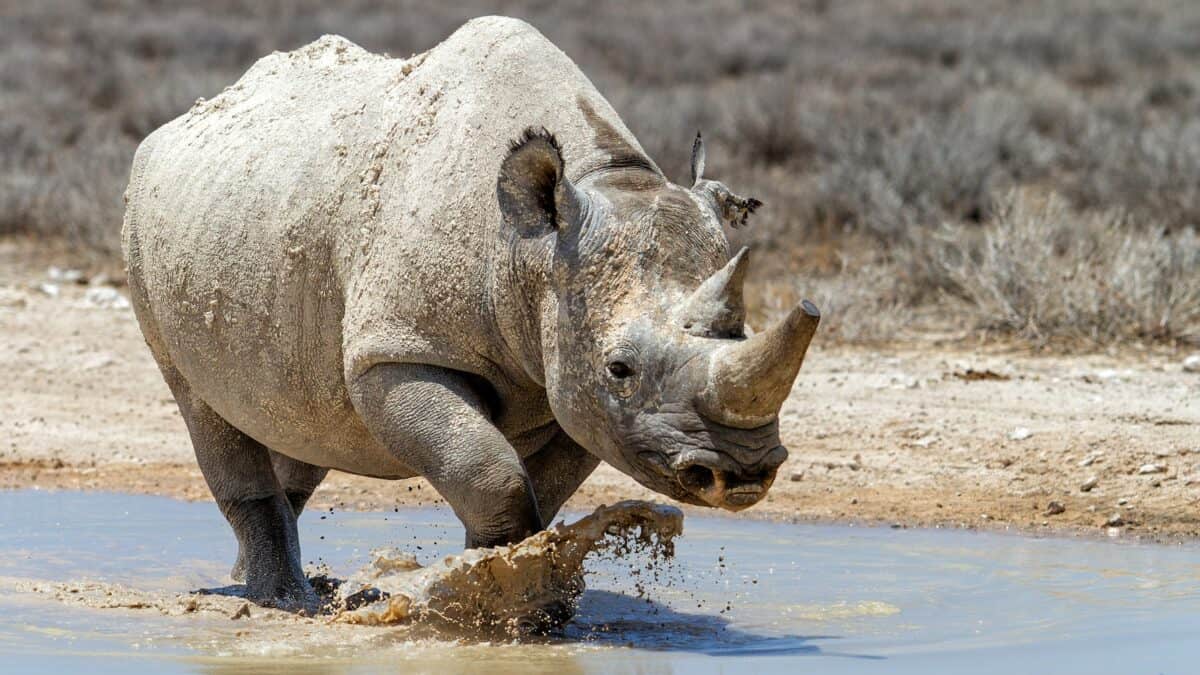
Poaching for their horns has drastically reduced black rhino populations. Intensive anti-poaching measures and habitat conservation are priorities for ensuring their future survival.
South China Tiger

The South China tiger, deemed functionally extinct in the wild, survives only in captivity. Restoration of their natural habitat and reintroduction programs are critical for their revival.
Sunda Tiger
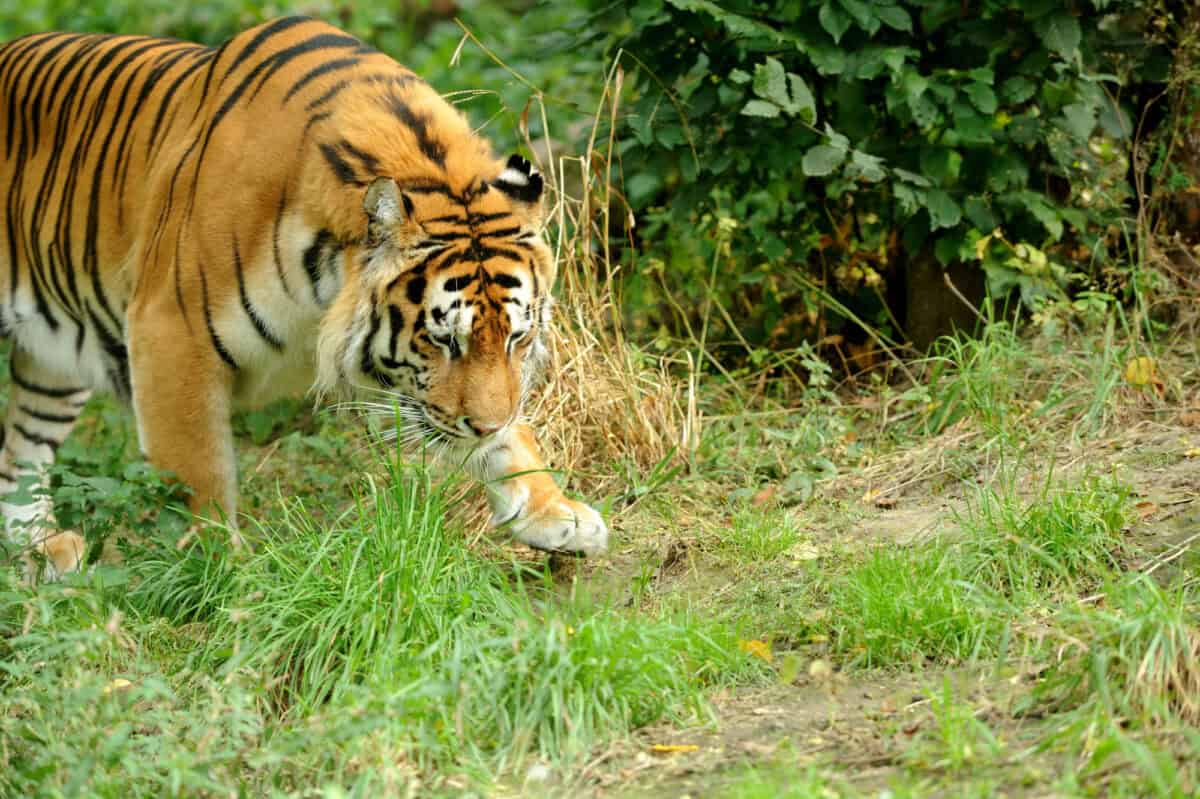
Native to Indonesia, the Sunda tiger faces habitat destruction and poaching. Preservation of their natural environments and stringent anti-poaching laws are crucial to protect this elusive predator.
Oceanic Whitetip Shark

This once-abundant shark, known for its resilient nature, is now endangered due to overfishing and bycatch. International cooperation on sustainable fishing practices is essential to prevent further declines.
Snow Leopard

High in the mountains of Central Asia, the snow leopard faces habitat fragmentation and retaliatory killings by herders. Conservation efforts focus on habitat protection, reducing human-leopard conflict, and education.
Sumatran Orangutan

The critically endangered Sumatran orangutan is losing its habitat to illegal logging and palm oil production. Efforts to protect rainforests and promote sustainable agriculture are necessary for their conservation.
Leatherback Turtle

Leatherback turtles are declining due to bycatch, egg poaching, and climate change. Protecting nesting sites and reducing bycatch are key strategies for their survival.
Ganges River Dolphin

Endemic to India’s Ganges River system, this species faces threats from pollution and habitat loss. Measures to improve water quality and conserve river habitats are vital for their protection.
Galápagos Penguin

The Galápagos penguin, the only penguin species found north of the equator, faces threats from climate change and introduced predators. Conservation efforts aim to protect their island habitats and address climate impacts.
Western Chimpanzee

Once widespread in West Africa, the western chimpanzee is now critically endangered due to habitat loss and hunting. Initiatives focus on habitat restoration, legal protection, and community education.
North Atlantic Right Whale

Ship collisions and fishing gear entanglement are major threats to the North Atlantic right whale. Implementing maritime regulations and gear modifications can greatly reduce risks to this species.
Bonobo

Primarily found in the Democratic Republic of Congo, bonobos face threats from habitat destruction and hunting. Conservation efforts aim to protect rainforests and promote sustainable development.
Annamite Striped Rabbit

Discovered only in 1995, this elusive rabbit from Southeast Asia is threatened by habitat loss and human encroachment. Protection of forests in the Annamite Range is critical to avoid their extinction.
The call to save these incredible animals has never been more urgent. Each species plays a unique role in their respective ecosystems, and their loss could have profound effects on biodiversity and ecological balance. Conservation efforts require global collaboration, robust legislation, and public awareness to be successful. By joining forces, we can help secure a future for these endangered species.
Conclusion
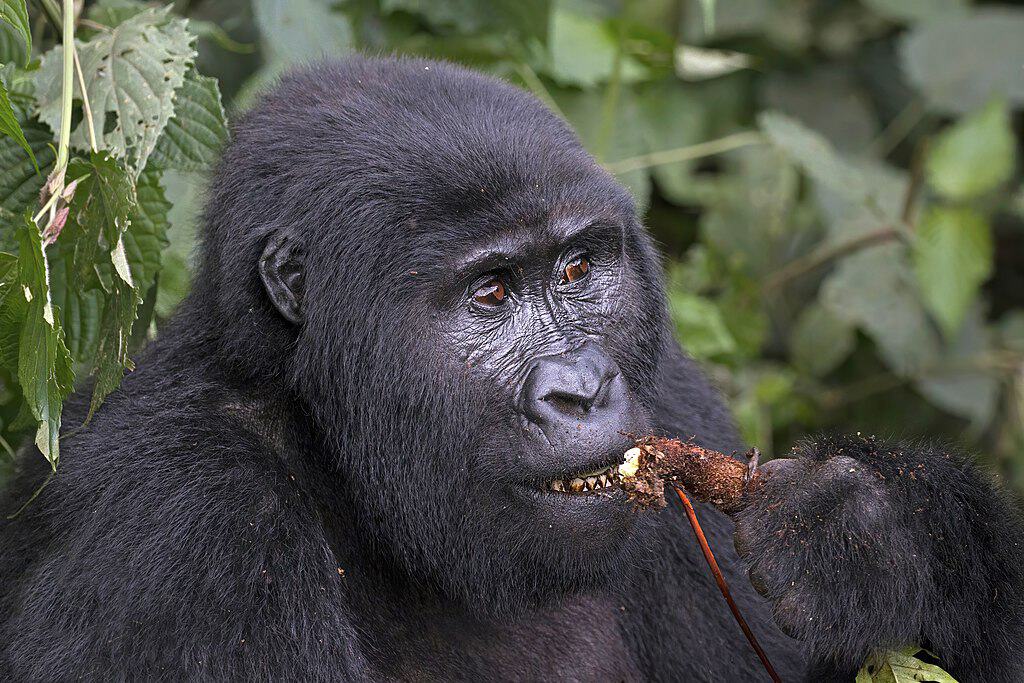
The survival of these endangered animals depends on collective action and commitment to conservation. Every species highlighted in this article plays a crucial role in maintaining ecological balance, and their decline signals broader environmental challenges. Through stronger protection laws, habitat restoration, and sustainable practices, we can make a difference. Raising awareness and supporting conservation initiatives are vital steps toward safeguarding these remarkable creatures for future generations. The time to act is now—before it’s too late.
- The Hottest Temperature Ever Recorded in the US Desert - August 9, 2025
- 14 Myths About Horses (Busted by Experts) - August 9, 2025
- Why Orcas Are Outwitting Great White Sharks Near the California Coast - August 9, 2025

